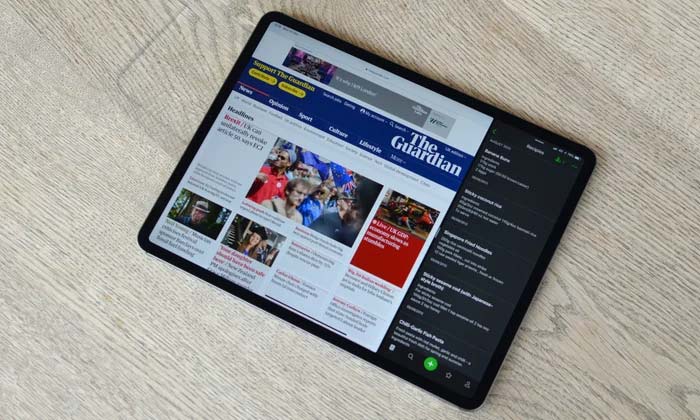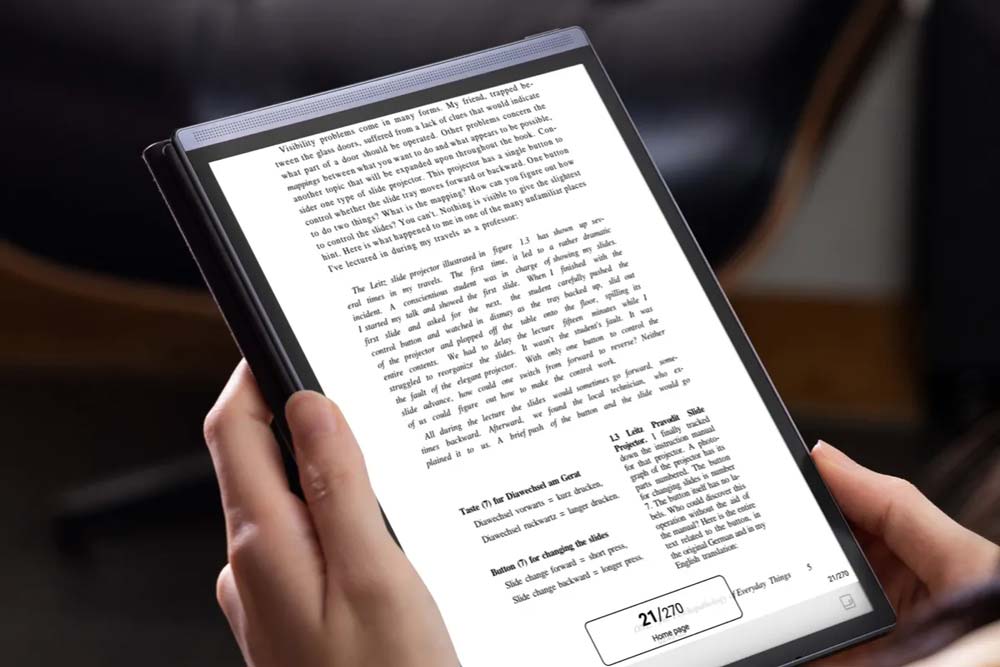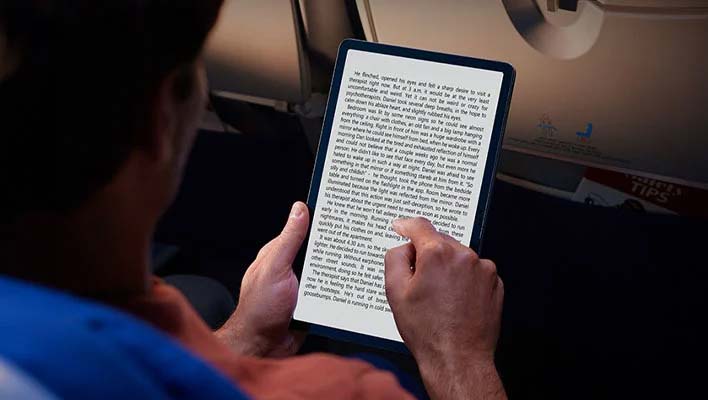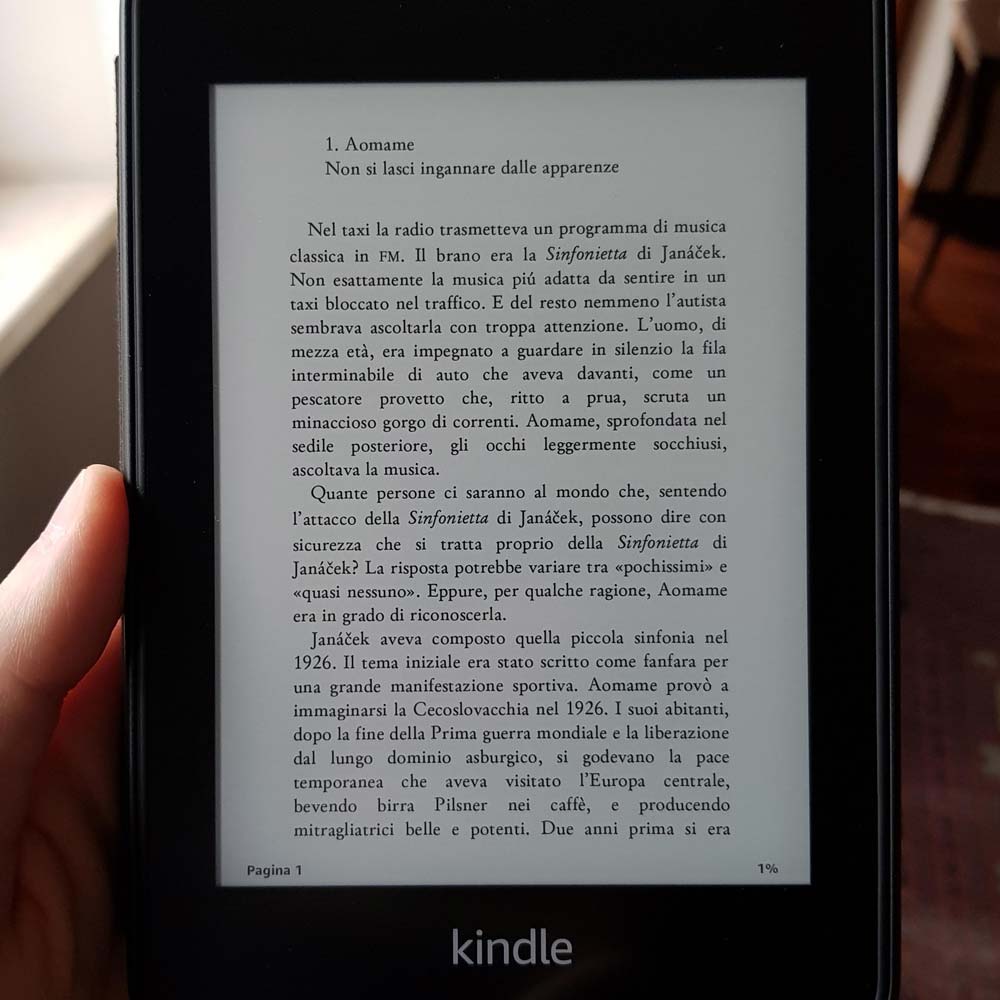Digital Fonts and Their Huge Impact on Reading Speed
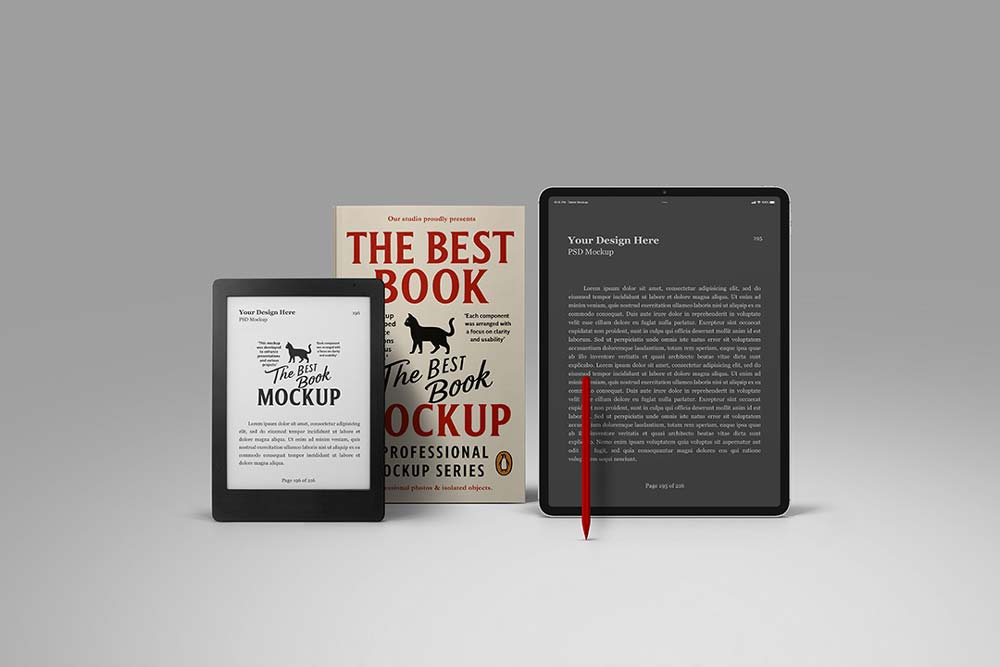
Introduction: The Role of Fonts in Reading
In the digital age, we spend a large portion of our time reading on screens. From social media posts to lengthy articles, the typeface you read can significantly affect how quickly and efficiently you process information. Digital fonts have a huge impact on reading speed, but often, the subtleties of font choice are overlooked when designing web pages, apps, and digital content.
Fonts do more than just look aesthetically pleasing; they play a key role in legibility, comprehension, and ultimately how fast we can absorb information. This blog post explores how digital fonts influence reading speed, the science behind typography, and how you can optimize font choices for maximum readability and speed.
How Digital Fonts Affect Reading Speed
The impact of digital fonts on reading speed can be profound, particularly when it comes to online content, where readers typically skim information rather than read word-for-word. The right font can enhance clarity, while a poor font choice can lead to eye strain, slower reading speeds, and reduced comprehension. Here’s how fonts can impact reading speed:
- Letter Spacing and Line Height: Fonts with inconsistent letter spacing or tight line height can make it difficult to distinguish characters, slowing down reading speed. Fonts with optimal spacing help guide the eyes smoothly across text, making it easier to read faster.
- Serif vs. Sans-Serif: Research has shown that serif fonts, such as Times New Roman, are often easier to read in printed materials because the small strokes at the end of letters help guide the eyes. However, on digital screens, sans-serif fonts (e.g., Arial, Helvetica) are generally preferred for faster reading speeds. The absence of serifs makes the font appear cleaner and more legible on screens, leading to better comprehension and faster reading.
- Font Size: Too small or too large font sizes can hinder readability and slow down reading speed. An optimal font size balances clarity with speed, ensuring that text is easy to scan without straining the eyes.
The overall design of a font influences how quickly and comfortably you can read text on a screen, making font selection a key factor in optimizing reading speed.
The Science of Typography: Legibility and Comprehension
The speed at which we read is closely tied to legibility and comprehension. Several studies have explored the relationship between typography and reading performance, focusing on how different fonts affect the brain’s ability to process information.
- Legibility: This refers to how easily individual characters can be distinguished from one another. Fonts with clearer letterforms (e.g., sans-serif fonts) make it easier for the brain to process letters quickly.
- Comprehension: While legibility helps with speed, comprehension is equally important. Fonts that are easy to read lead to better understanding of the text, while fonts that require more effort can slow down reading and hinder retention.
- Familiarity: People tend to read faster when they are familiar with the font. Fonts like Helvetica and Verdana are commonly used in digital interfaces because they are highly legible and familiar to most readers.
Research indicates that while serif fonts might help with printed materials, sans-serif fonts are more effective on digital devices for reading speeds and comprehension.
Factors That Influence Reading Speed
Besides the font itself, several factors contribute to how fast or slow we can read digital text:
- Screen Resolution: A high-resolution screen will make text appear sharper, while a lower resolution can make fonts look blurry, hindering readability and slowing down reading speed.
- Contrast and Background Color: Text that contrasts well with its background allows for quicker reading. For example, black text on a white background tends to be faster to read than light-colored text on a dark background, which can be harder on the eyes.
- Font Weight: Heavy or bold fonts might draw attention, but they can also distract the reader or cause eye fatigue when used excessively. Lighter weights typically encourage faster reading without causing strain.
- Line Length and Paragraph Width: Lines of text that are too long or too short can slow down reading speed. Optimal line lengths (typically 50-75 characters per line) ensure that the eye moves smoothly across the page without feeling lost or distracted.
These factors, when combined with the right choice of font, can optimize digital reading experiences and increase reading efficiency.
The Importance of Font Choice in Web Design
For web designers, selecting the right font can significantly impact the usability and success of a website. Fonts that enhance reading speed contribute to a better user experience, which in turn improves user engagement. Here’s why font choice matters in web design:
- Improved User Experience (UX): A well-chosen font makes it easier for users to find information quickly. Whether it’s an e-commerce website, a news article, or a tutorial, readers are more likely to stay on a page if the font is comfortable to read.
- Mobile-Friendly Design: On mobile screens, where text size and font weight must be optimized for smaller displays, sans-serif fonts like Roboto, Open Sans, and Lato are commonly used because they are legible even at small sizes.
- SEO and Readability: Websites that provide easy-to-read content tend to rank higher in search engine results because users stay longer on the site, improving dwell time. Faster reading speeds contribute to a smoother, more enjoyable experience, encouraging users to explore more pages.
By choosing the right fonts, web designers can help ensure that content is both readable and enjoyable, directly influencing how quickly users can absorb information.
The Best Fonts for Faster Reading
While every design project may have different needs, certain fonts are generally regarded as being more conducive to speed reading on digital platforms. Some of the best fonts for faster reading include:
- Helvetica: A clean, simple sans-serif font that’s easy to read and widely used in digital interfaces.
- Roboto: Designed by Google, this font is optimized for screens and offers good legibility even at small sizes.
- Open Sans: Known for its simplicity and clarity, Open Sans works well for both web design and mobile apps.
- Georgia: A serif font that was specifically designed for screen readability. Georgia works well for long-form content on websites.
- Verdana: This font was designed with digital screens in mind, featuring wide spacing and a clear design that enhances readability.
Ultimately, the best font for reading speed depends on the specific needs of the content and the target audience, but these fonts have been proven to enhance legibility and improve user experience on digital platforms.
Digital Fonts and Accessibility
Fonts play a key role in accessibility—ensuring that content is readable and inclusive for people with varying abilities. Digital fonts can have a significant impact on users with dyslexia, low vision, or color blindness.
- Dyslexia-Friendly Fonts: Fonts like Open Dyslexic and Lexie Readable are designed with characteristics that help dyslexic readers identify characters more easily.
- Fonts for Low Vision: Fonts that are larger, well-spaced, and clear can benefit those with low vision. For example, Arial and Verdana are often recommended for this group.
- Color Blindness: Designers need to be mindful of the contrast between text and background, as certain color combinations may be difficult for people with color blindness to differentiate.
By considering accessibility in font choice, designers ensure that all users, regardless of ability, can read content efficiently and comfortably.
Conclusion: Optimizing Fonts for Reading Speed
The choice of digital fonts has a profound impact on reading speed, influencing how quickly and comfortably we can process text on screens. Legible, clear fonts that are designed with readability in mind help to improve both the speed and comprehension of information.
By selecting the right fonts and considering factors like line spacing, font size, and contrast, designers can create a better reading experience that maximizes efficiency. As we continue to read more on digital platforms, understanding how typography affects reading speed will become increasingly important in creating content that is both functional and user-friendly.
References
- Lichtenstein, N. (2012) Typography for Digital Media: How Font Choices Affect Reading Speed. New York: Design Press.
- Smith, R. (2015) Digital Typography: Legibility, Speed, and Comprehension on Screens. London: Phaidon Press.
- Johnson, L. (2017) The Science of Reading: Typography, Speed, and Understanding. Chicago: Typography Institute.
- Tufte, E. (2018) Beautiful Evidence: The Role of Typography in Clear Communication. Princeton: Graphics Press.
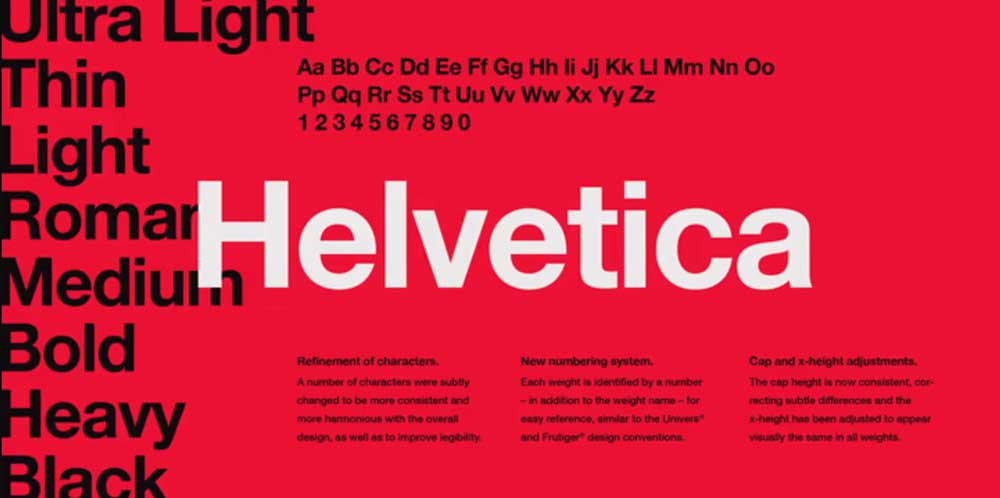
When it comes to popular fonts, few are as instantly recognizable as Helvetica. Over the decades, this typeface has become…

